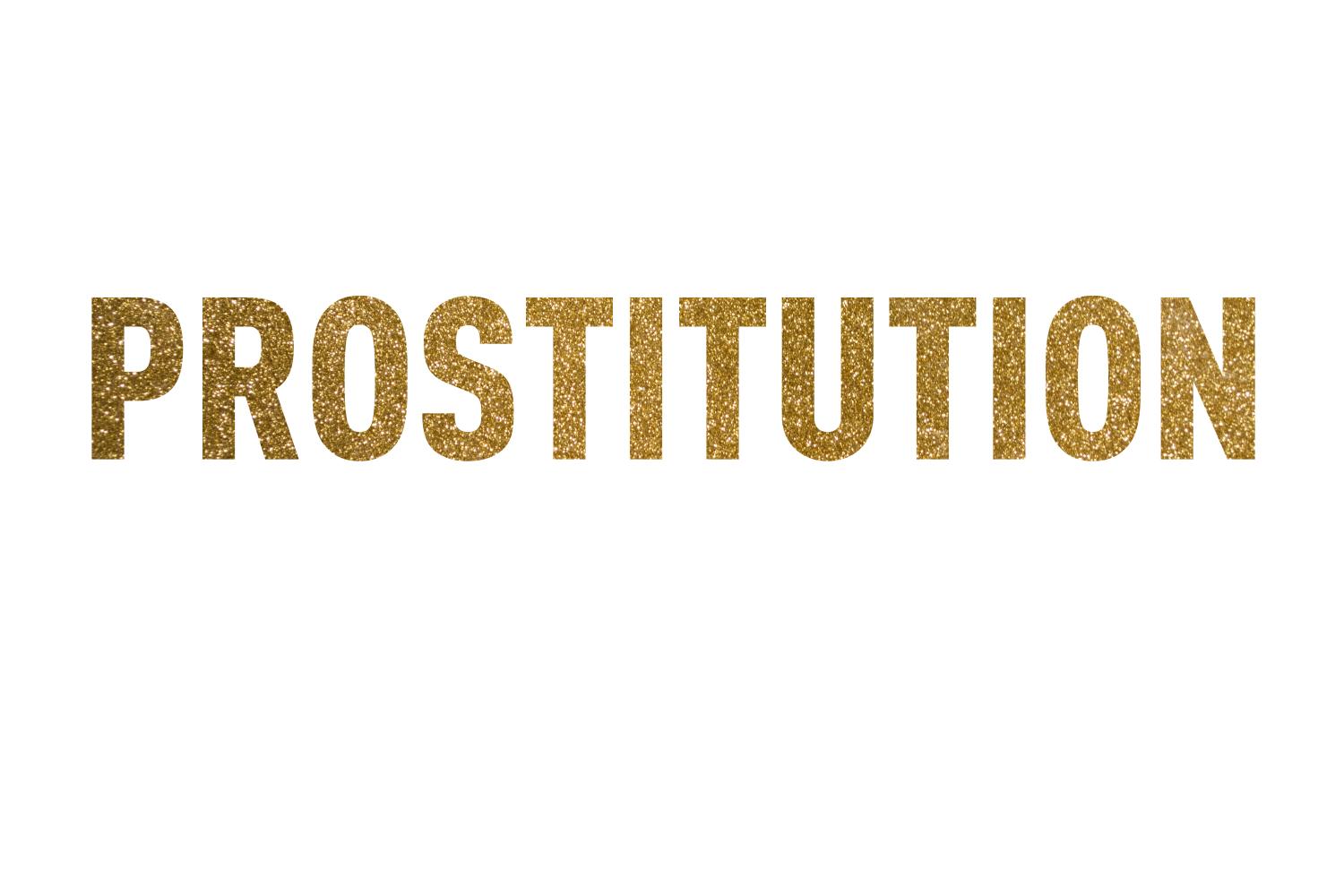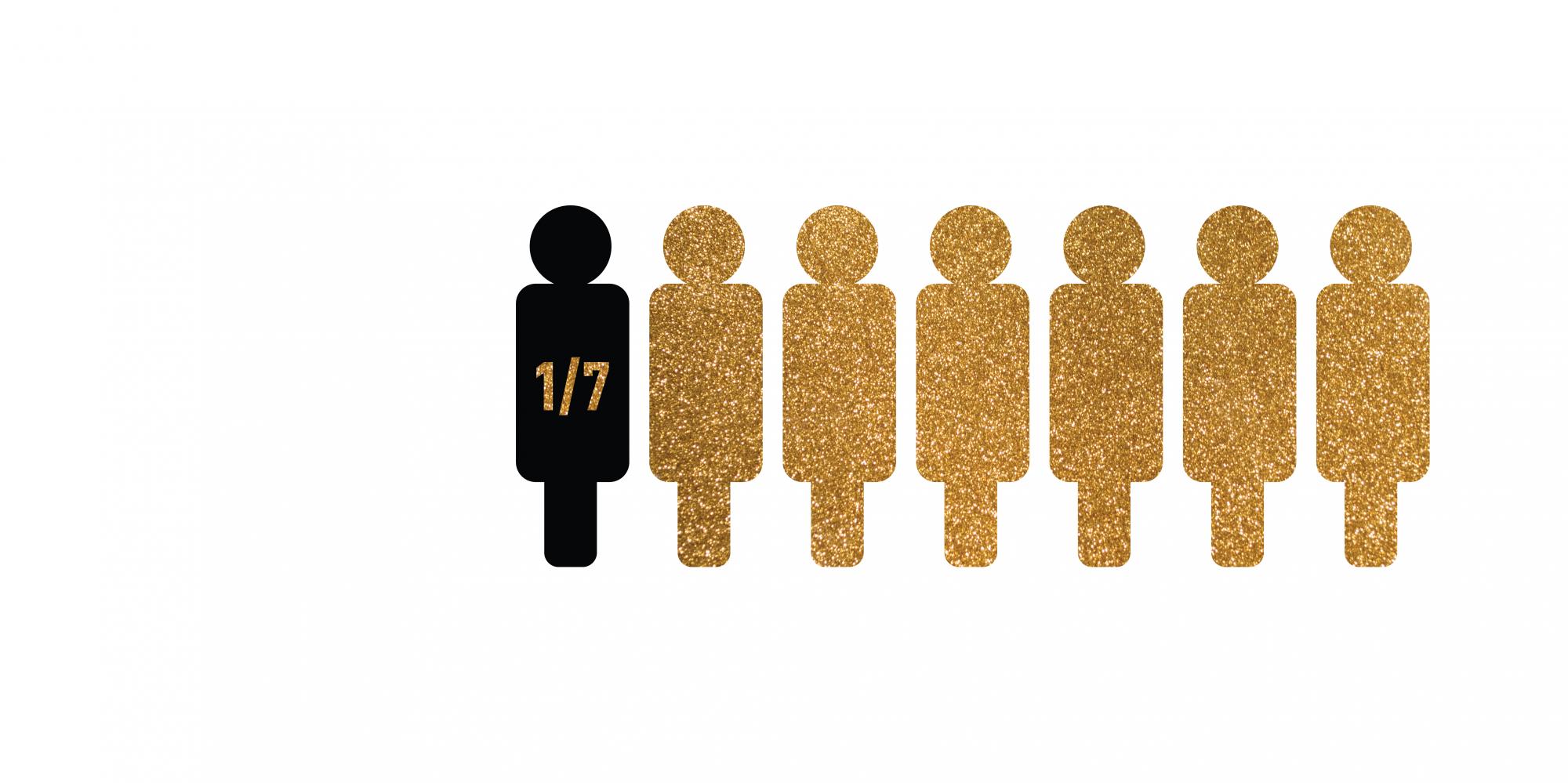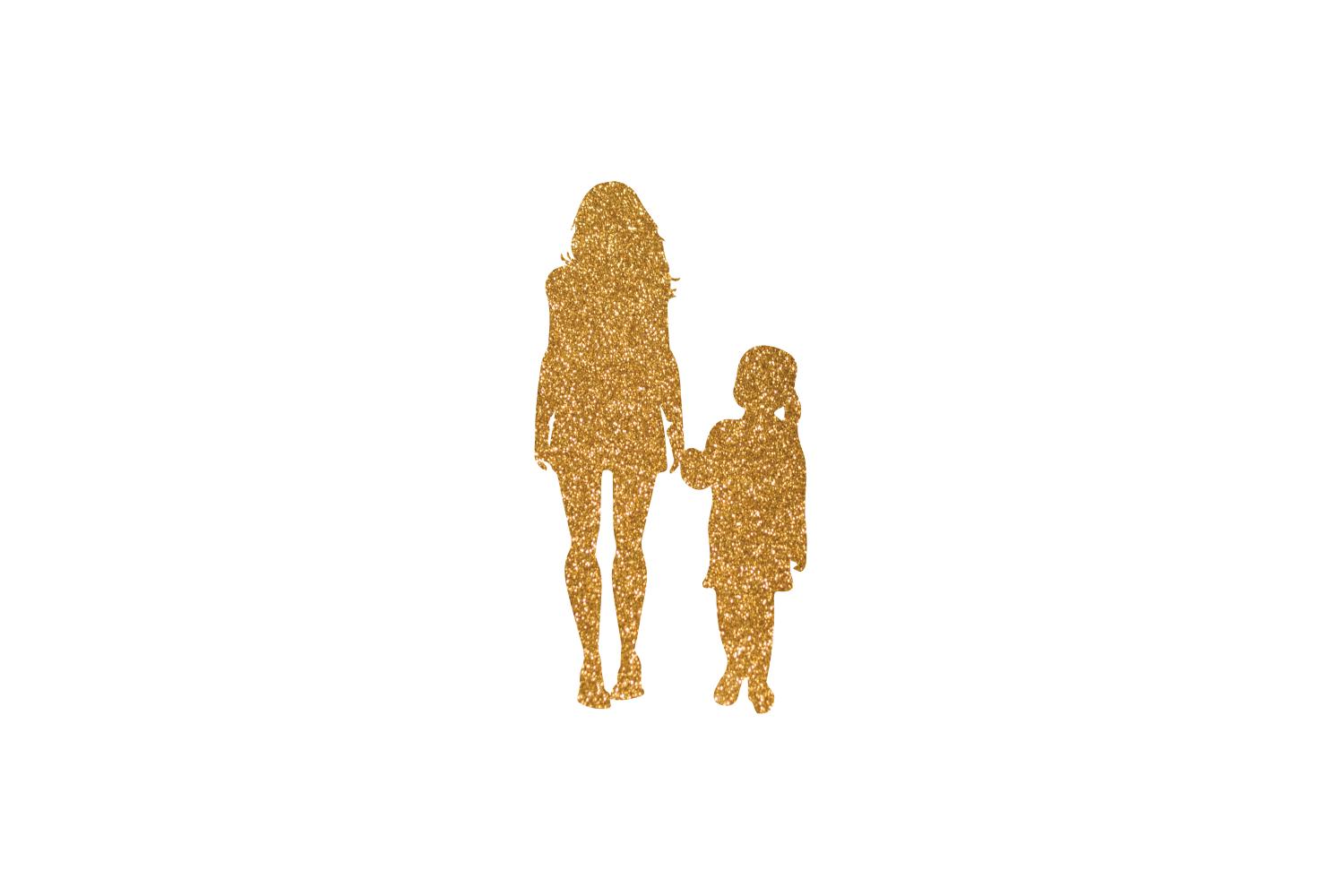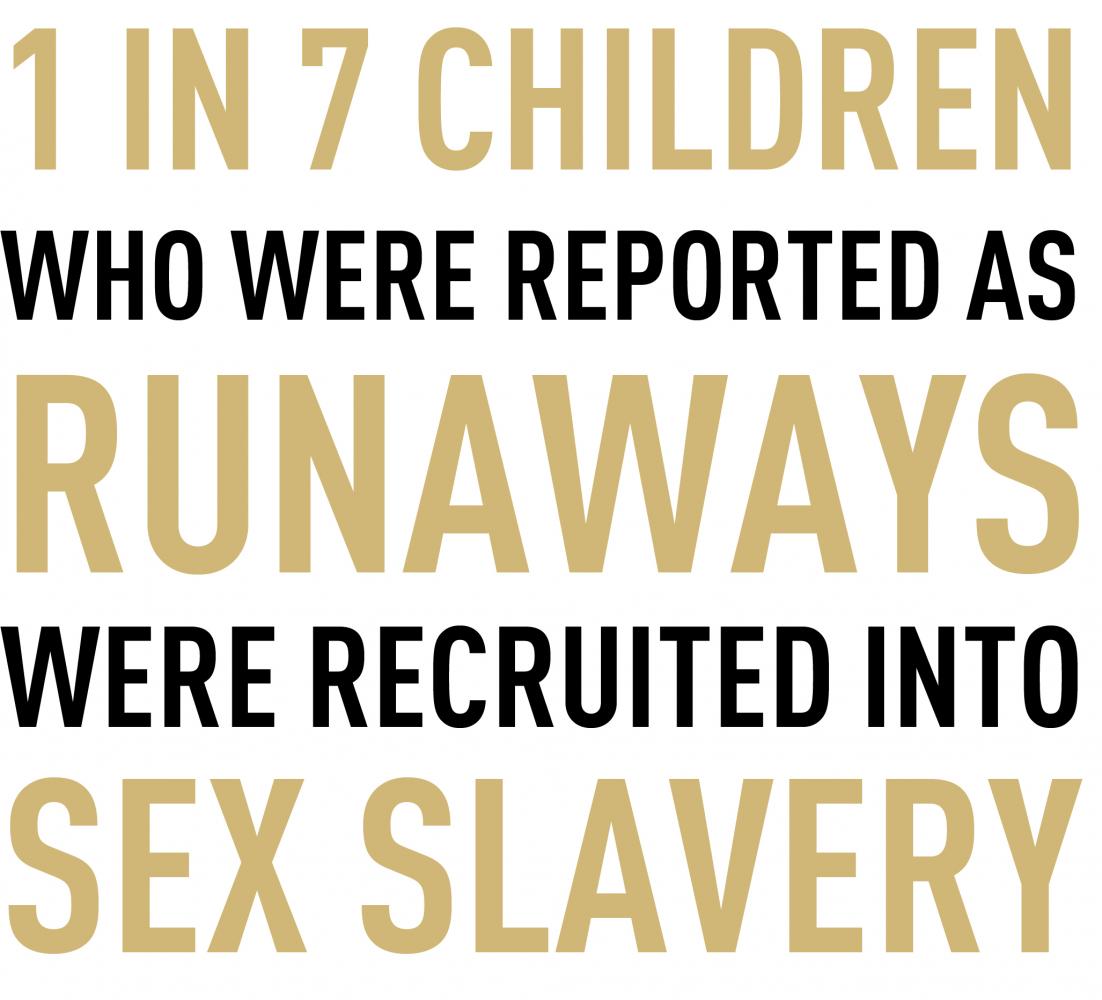Prostitution: The New and Old
by Gino Fanelli | published Feb. 25th, 2015
Somewhere outside the fringes of the bright lights of entertainment districts and neon-illuminated bars where college kids gather to share pitchers of Bud Light, where the lines of safety break into poorly-illuminated avenues that suburban children are warned not to tread, where men in hooded sweatshirts that stand circled strategically around garbage cans loiter and occasionally make rapid, underhanded passes to other men in hooded sweatshirts before heading off in a separate direction or adjusting the fronts of their pants where concealed weapons lie secured in the waistbands — this is where you'll find women, dressed in skin-tight apparel, prowling along corners and down streets and avoiding the approaching drone of police sirens before inevitably being scooped up in a '90s model Buick with black-out tinted windows.
This is the traditional image of prostitution. However, with age of the internet comes an evolution of how the oldest profession in the world flies under the radar of police intervention, a profession which already faces a high degree of difficulty in effective curbing through legal means.
"In Rochester, we have Lyell [Avenue], Hudson [Avenue], Bay Street and Monroe [Avenue] as the big hot spots for prostitution," said an officer who chose to remain anonymous
The officer went on to explain methods to effectively curb prostitution and the difficulties that online prostitution presents.
"What we need to really combat it is undercover officers, which we've done before, but probably don't do enough," the officer said. "That becomes even more difficult when you have websites like Backpage or Craigslist."
"It's difficult enough to really make arrests when you have street walking prostitutes, but when it becomes decentralized the way the internet has made it, it makes it a lot harder."
The advent of the internet caused both positive and negative effects in the realms of prostitution. On the positive end of the spectrum, there is an increased element of safety. While, of course, a woman must physically meet with the client, there is a much smaller opportunity for police intervention and much less risk brought upon the prostitute in comparison to wandering crime-ridden streets at late hours of the night. A parallel can be made to the online drug trafficking site "Silk Road," which has made recent news with the ongoing trial of founder Ross Ulbricht. The service represented a positive to the drug user of not having to prowl dark avenues or deal with fearsome drug dealers. The internet, in a sense, provides a level of accessibility to the user or purveyor of illegal services or substances by providing an often false sense of security and anonymity. The officer went on to explain that this traditional interpretation of prostitution, the street walker, attracts a specific type of person.
"I don't want to say 100 percent, I can't say that, but I'd say pretty close to that are drug addicts," the officer said. "In Rochester, most are crack users. That's really the root of all of the problems when it comes to almost all crime. Drugs are a magnet for prostitutes, and vice versa."
From this understanding of the traditional prostitute
There is a simple way of understanding this which comes down to the idea of monetary component.
Prostitution worldwide, at a rough estimate, is a $186 billion industry annually. To put that number into perspective, the gross domestic product of the Ukraine, according to the UN, is
$183 billion annually.
With the average age of entrance into prostitution being 12, according to the U.S. Department of Justice, there is a sad reality found in the world of prostitution that the prostitute is often treated like less of a human being and more akin to a commodity. As such, the pimp's role, most notably in street prostitution in areas where prostitution is a felony, is essentially to convince the prostitute that she is simply a commodity meant for his financial benefit. Thus, a strategy of dehumanization is performed upon the often underage women. To drive this point home, a 1991 study by the Council for Prostitution Alternatives found that, out of 55 women who had sought help from the council, 78 percent reported being raped by their pimps an average of
With the idea in mind that the pimp's role is to dehumanize the women they manage and exploit them for financial gain, we're drawn back to the world of the internet. The internet provides an easy, anonymous format for pimps to recruit potential prostitutes. In a report by Mark Latonero, Ph. D. for USC Annenberg entitled "Human Trafficking Online: The Role of Social Media and Online Classifieds," the case is made that pimps experience several advantages from the use of the internet as a means of recruiting girls for their own control, as well as dealing with potential clients. In the past, in order for a pimp to gain access to an underage girl, he would be required to kidnap her outright, or more likely be related to her or close to the relatives of the girl. The internet provides the means for pimps to coerce girls across the state lines, creating distance between the girl and the pimp, both physically and relatively, since it would be nearly impossible to trace the pimp to the girl if there is no prior connection between the two. What's then created is a system where a pimp can gain access to underage girls with the sort of anonymity provided by the very nature of the internet.
The factor of clientele is also impacted by the internet. Once relegated to the local area, the pimp is no longer limited to city streets, but rather can barter with Johns from around the world to gain the highest price for the girls in the pimp's possession. What is then created is a new form of prostitution, perpetrated through everywhere from Backpage to Facebook, created around manipulation of young girls and veiled under a thick fog of disjointed connections that create a world almost complete discretion and anonymity. All of this feeds into a deviation from what is traditionally accepted as prostitution into the growing issue of modern slavery, or human trafficking.
In Rochester, the enforcement policies epitomize the overall difficulty in curbing the issue as a whole when it hits such a grand scale as the global human trafficking network.
Brandon Ince has been an officer in RPD's Tactical Unit since 2006.
"We get a lot of calls for violent crimes, drug crimes, stuff of that nature," Ince said. "And we've done a few prostitution busts before, but I would say they're few and far between. We go where we're needed, and if no one is calling in and reporting it, we have other things we need to be taking care of."
The RPD Special Operations Division consists of several different subdivisions, including Ince's, which focus on different categories of cases that involve everything from prostitution to the mentally ill. However, these divisions often do not reflect the different versions of "Law and Order," as in there is not a special division that is solely dedicated to sex crimes, let alone one solely dedicated to monitoring prostitution.
"If there was a unit that was specifically meant to deal with prostitution, I have no doubt they'd make arrests," Ince said. "But when comparing it to the violent crimes and the drugs, there just isn't enough there to dedicate a whole division to. Plus, with the new stuff like Craigslist and Backpage, it becomes harder and harder to really get a hold on. It comes down to what the community wants. We hold community meetings where members of local businesses or just citizens can come and say what they want done. And most of them are worried about the violent crime, or the drugs, or the guys hanging around in front of their shops. The problem is, when you have the drugs and the crime there, the prostitution follows. It's a crime, and we can't turn a blind eye to it, but we also have to go where we're needed first and foremost."
This is not to say that the police are apathetic to the issue of prostitution. In fact, a Jan. 12 arrest in Gates which resulted from a sting operation played out through an online classified ad concluded in six men and two women being put behind bars. This raises another simple question about the nature of prostitution: should it be a crime? Would simply legalizing it, as Nevada and Amsterdam have done, help stop a lot of the problems? It's a tough question. The Netherlands, while seeming like a success story for legalized prostitution, serve as a final destination for much of the human trafficking from around the world. Then comes the issue of underage prostitution, which becomes an even more difficult subject to successfully halt, as any evaluation of the issue must begin with making the horrific conclusion that there is, always has been and always will be a very large demand. Acceptance of that is difficult for most people, but it hinges on the same logic that though pornography is legal, child pornography has not halted just on that basis. There is no reason to believe that under-aged sex trafficking would cease just on the virtue of regular prostitution being legal, and to the contrary, there are a few reasons to believe that it would only exacerbate the issue.
And thus comes a true conclusion, albeit a bleak one: prostitutes are humans, and for the overwhelming majority of cases and regardless of legality, there is a degree of exploitation being utilized to put them in these positions. It comes down to a dark side of human nature that creeps around the back of the mind of man, the kind of specter that fuels kidnappings and assault. The kind that funds rapes and addiction in exchange for bestial pleasure. The kind that is innate, endless and timeless, continuing on unhindered for millennia, taking new forms and expressing new outlets. It is a darkness that civilized society shuns, puts aside, blames and mocks to lessen the blow of its true nature. 






